Esla Timothy Anzaku
Detecting Regional Spurious Correlations in Vision Transformers via Token Discarding
Sep 04, 2025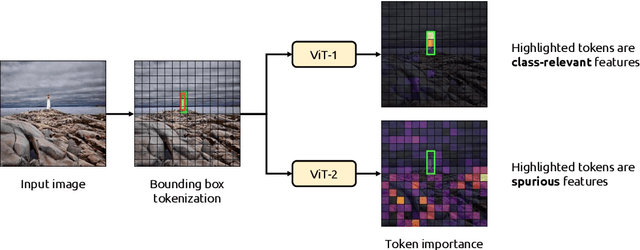

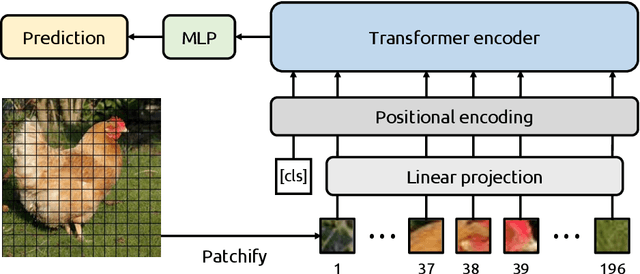

Abstract:Due to their powerful feature association capabilities, neural network-based computer vision models have the ability to detect and exploit unintended patterns within the data, potentially leading to correct predictions based on incorrect or unintended but statistically relevant signals. These clues may vary from simple color aberrations to small texts within the image. In situations where these unintended signals align with the predictive task, models can mistakenly link these features with the task and rely on them for making predictions. This phenomenon is referred to as spurious correlations, where patterns appear to be associated with the task but are actually coincidental. As a result, detection and mitigation of spurious correlations have become crucial tasks for building trustworthy, reliable, and generalizable machine learning models. In this work, we present a novel method to detect spurious correlations in vision transformers, a type of neural network architecture that gained significant popularity in recent years. Using both supervised and self-supervised trained models, we present large-scale experiments on the ImageNet dataset demonstrating the ability of the proposed method to identify spurious correlations. We also find that, even if the same architecture is used, the training methodology has a significant impact on the model's reliance on spurious correlations. Furthermore, we show that certain classes in the ImageNet dataset contain spurious signals that are easily detected by the models and discuss the underlying reasons for those spurious signals. In light of our findings, we provide an exhaustive list of the aforementioned images and call for caution in their use in future research efforts. Lastly, we present a case study investigating spurious signals in invasive breast mass classification, grounding our work in real-world scenarios.
Self-supervised Benchmark Lottery on ImageNet: Do Marginal Improvements Translate to Improvements on Similar Datasets?
Jan 26, 2025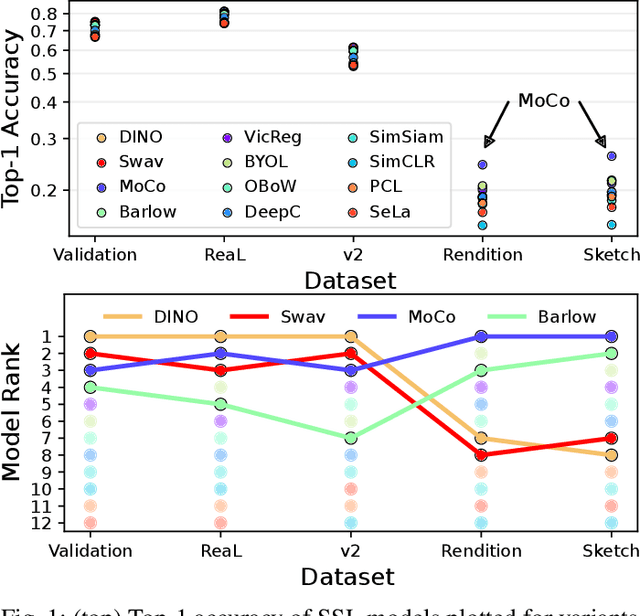
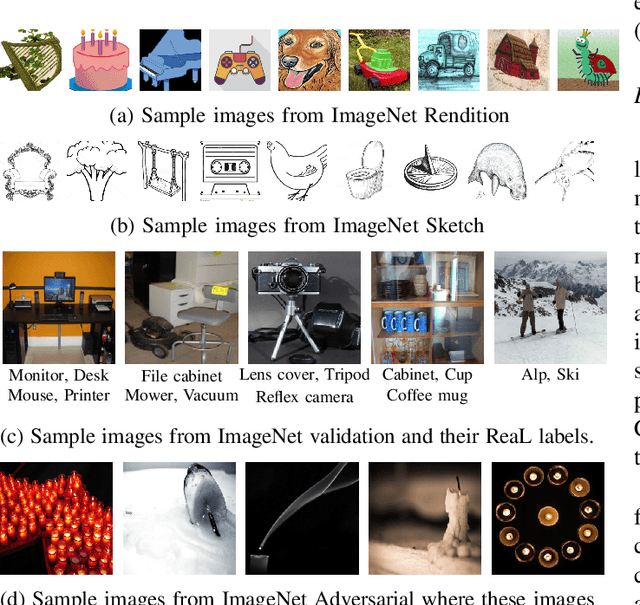
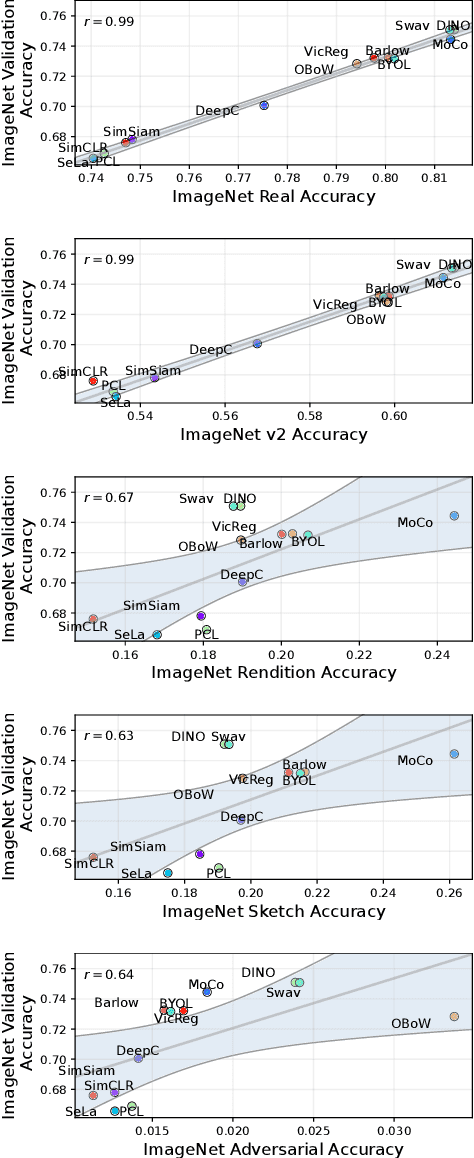

Abstract:Machine learning (ML) research strongly relies on benchmarks in order to determine the relative effectiveness of newly proposed models. Recently, a number of prominent research effort argued that a number of models that improve the state-of-the-art by a small margin tend to do so by winning what they call a "benchmark lottery". An important benchmark in the field of machine learning and computer vision is the ImageNet where newly proposed models are often showcased based on their performance on this dataset. Given the large number of self-supervised learning (SSL) frameworks that has been proposed in the past couple of years each coming with marginal improvements on the ImageNet dataset, in this work, we evaluate whether those marginal improvements on ImageNet translate to improvements on similar datasets or not. To do so, we investigate twelve popular SSL frameworks on five ImageNet variants and discover that models that seem to perform well on ImageNet may experience significant performance declines on similar datasets. Specifically, state-of-the-art frameworks such as DINO and Swav, which are praised for their performance, exhibit substantial drops in performance while MoCo and Barlow Twins displays comparatively good results. As a result, we argue that otherwise good and desirable properties of models remain hidden when benchmarking is only performed on the ImageNet validation set, making us call for more adequate benchmarking. To avoid the "benchmark lottery" on ImageNet and to ensure a fair benchmarking process, we investigate the usage of a unified metric that takes into account the performance of models on other ImageNet variant datasets.
Re-assessing ImageNet: How aligned is its single-label assumption with its multi-label nature?
Dec 24, 2024Abstract:ImageNet, an influential dataset in computer vision, is traditionally evaluated using single-label classification, which assumes that an image can be adequately described by a single concept or label. However, this approach may not fully capture the complex semantics within the images available in ImageNet, potentially hindering the development of models that effectively learn these intricacies. This study critically examines the prevalent single-label benchmarking approach and advocates for a shift to multi-label benchmarking for ImageNet. This shift would enable a more comprehensive assessment of the capabilities of deep neural network (DNN) models. We analyze the effectiveness of pre-trained state-of-the-art DNNs on ImageNet and one of its variants, ImageNetV2. Studies in the literature have reported unexpected accuracy drops of 11% to 14% on ImageNetV2. Our findings show that these reported declines are largely attributable to a characteristic of the dataset that has not received sufficient attention -- the proportion of images with multiple labels. Taking this characteristic into account, the results of our experiments provide evidence that there is no substantial degradation in effectiveness on ImageNetV2. Furthermore, we acknowledge that ImageNet pre-trained models exhibit some capability at capturing the multi-label nature of the dataset even though they were trained under the single-label assumption. Consequently, we propose a new evaluation approach to augment existing approaches that assess this capability. Our findings highlight the importance of considering the multi-label nature of the ImageNet dataset during benchmarking. Failing to do so could lead to incorrect conclusions regarding the effectiveness of DNNs and divert research efforts from addressing other substantial challenges related to the reliability and robustness of these models.
Leveraging Human-Machine Interactions for Computer Vision Dataset Quality Enhancement
Jan 31, 2024Abstract:Large-scale datasets for single-label multi-class classification, such as \emph{ImageNet-1k}, have been instrumental in advancing deep learning and computer vision. However, a critical and often understudied aspect is the comprehensive quality assessment of these datasets, especially regarding potential multi-label annotation errors. In this paper, we introduce a lightweight, user-friendly, and scalable framework that synergizes human and machine intelligence for efficient dataset validation and quality enhancement. We term this novel framework \emph{Multilabelfy}. Central to Multilabelfy is an adaptable web-based platform that systematically guides annotators through the re-evaluation process, effectively leveraging human-machine interactions to enhance dataset quality. By using Multilabelfy on the ImageNetV2 dataset, we found that approximately $47.88\%$ of the images contained at least two labels, underscoring the need for more rigorous assessments of such influential datasets. Furthermore, our analysis showed a negative correlation between the number of potential labels per image and model top-1 accuracy, illuminating a crucial factor in model evaluation and selection. Our open-source framework, Multilabelfy, offers a convenient, lightweight solution for dataset enhancement, emphasizing multi-label proportions. This study tackles major challenges in dataset integrity and provides key insights into model performance evaluation. Moreover, it underscores the advantages of integrating human expertise with machine capabilities to produce more robust models and trustworthy data development. The source code for Multilabelfy will be available at https://github.com/esla/Multilabelfy. \keywords{Computer Vision \and Dataset Quality Enhancement \and Dataset Validation \and Human-Computer Interaction \and Multi-label Annotation.}
Know Your Self-supervised Learning: A Survey on Image-based Generative and Discriminative Training
May 23, 2023

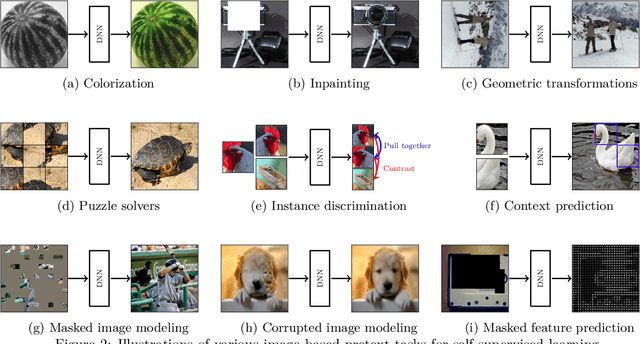
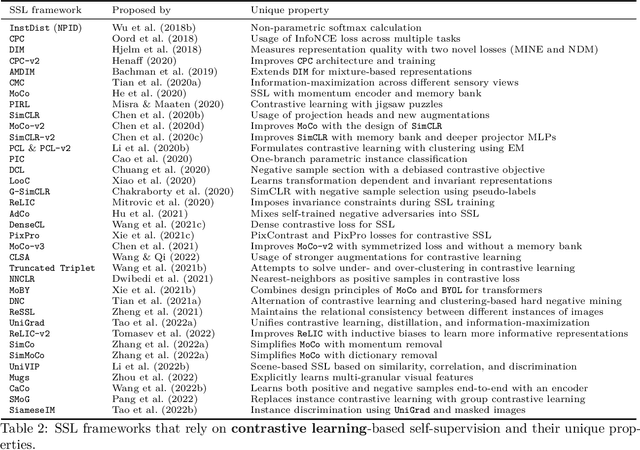
Abstract:Although supervised learning has been highly successful in improving the state-of-the-art in the domain of image-based computer vision in the past, the margin of improvement has diminished significantly in recent years, indicating that a plateau is in sight. Meanwhile, the use of self-supervised learning (SSL) for the purpose of natural language processing (NLP) has seen tremendous successes during the past couple of years, with this new learning paradigm yielding powerful language models. Inspired by the excellent results obtained in the field of NLP, self-supervised methods that rely on clustering, contrastive learning, distillation, and information-maximization, which all fall under the banner of discriminative SSL, have experienced a swift uptake in the area of computer vision. Shortly afterwards, generative SSL frameworks that are mostly based on masked image modeling, complemented and surpassed the results obtained with discriminative SSL. Consequently, within a span of three years, over $100$ unique general-purpose frameworks for generative and discriminative SSL, with a focus on imaging, were proposed. In this survey, we review a plethora of research efforts conducted on image-oriented SSL, providing a historic view and paying attention to best practices as well as useful software packages. While doing so, we discuss pretext tasks for image-based SSL, as well as techniques that are commonly used in image-based SSL. Lastly, to aid researchers who aim at contributing to image-focused SSL, we outline a number of promising research directions.
* Published in Transactions on Machine Learning Research
A Principled Evaluation Protocol for Comparative Investigation of the Effectiveness of DNN Classification Models on Similar-but-non-identical Datasets
Sep 05, 2022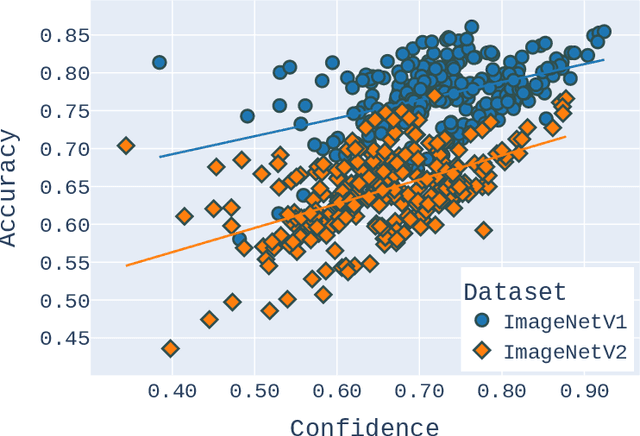

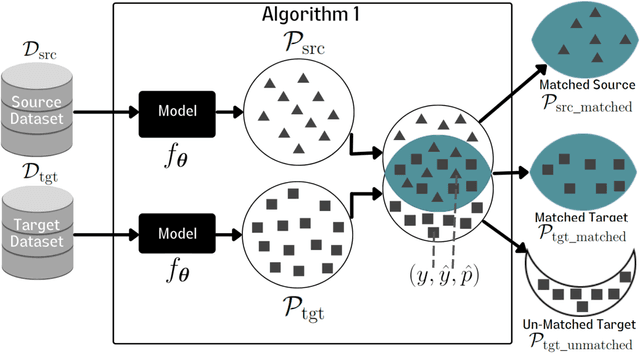
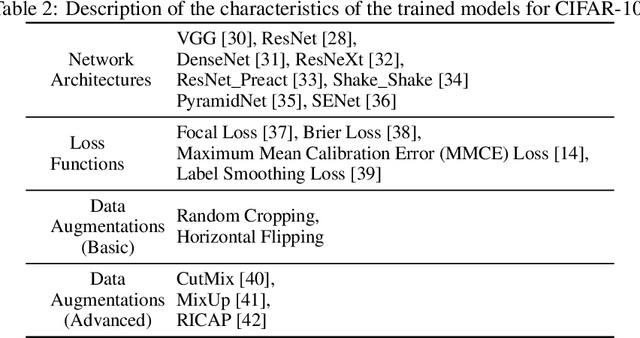
Abstract:Deep Neural Network (DNN) models are increasingly evaluated using new replication test datasets, which have been carefully created to be similar to older and popular benchmark datasets. However, running counter to expectations, DNN classification models show significant, consistent, and largely unexplained degradation in accuracy on these replication test datasets. While the popular evaluation approach is to assess the accuracy of a model by making use of all the datapoints available in the respective test datasets, we argue that doing so hinders us from adequately capturing the behavior of DNN models and from having realistic expectations about their accuracy. Therefore, we propose a principled evaluation protocol that is suitable for performing comparative investigations of the accuracy of a DNN model on multiple test datasets, leveraging subsets of datapoints that can be selected using different criteria, including uncertainty-related information. By making use of this new evaluation protocol, we determined the accuracy of $564$ DNN models on both (1) the CIFAR-10 and ImageNet datasets and (2) their replication datasets. Our experimental results indicate that the observed accuracy degradation between established benchmark datasets and their replications is consistently lower (that is, models do perform better on the replication test datasets) than the accuracy degradation reported in published works, with these published works relying on conventional evaluation approaches that do not utilize uncertainty-related information.
Selection of Source Images Heavily Influences the Effectiveness of Adversarial Attacks
Jun 16, 2021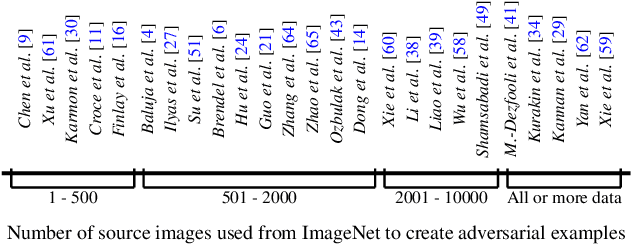

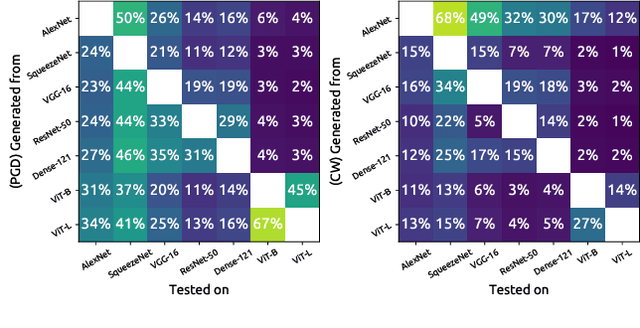
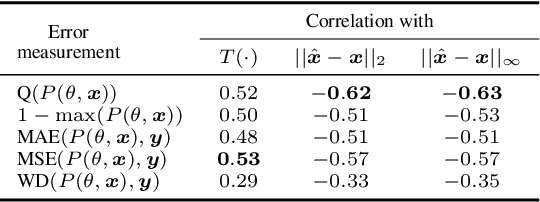
Abstract:Although the adoption rate of deep neural networks (DNNs) has tremendously increased in recent years, a solution for their vulnerability against adversarial examples has not yet been found. As a result, substantial research efforts are dedicated to fix this weakness, with many studies typically using a subset of source images to generate adversarial examples, treating every image in this subset as equal. We demonstrate that, in fact, not every source image is equally suited for this kind of assessment. To do so, we devise a large-scale model-to-model transferability scenario for which we meticulously analyze the properties of adversarial examples, generated from every suitable source image in ImageNet by making use of two of the most frequently deployed attacks. In this transferability scenario, which involves seven distinct DNN models, including the recently proposed vision transformers, we reveal that it is possible to have a difference of up to $12.5\%$ in model-to-model transferability success, $1.01$ in average $L_2$ perturbation, and $0.03$ ($8/225$) in average $L_{\infty}$ perturbation when $1,000$ source images are sampled randomly among all suitable candidates. We then take one of the first steps in evaluating the robustness of images used to create adversarial examples, proposing a number of simple but effective methods to identify unsuitable source images, thus making it possible to mitigate extreme cases in experimentation and support high-quality benchmarking.
 Add to Chrome
Add to Chrome Add to Firefox
Add to Firefox Add to Edge
Add to Edge